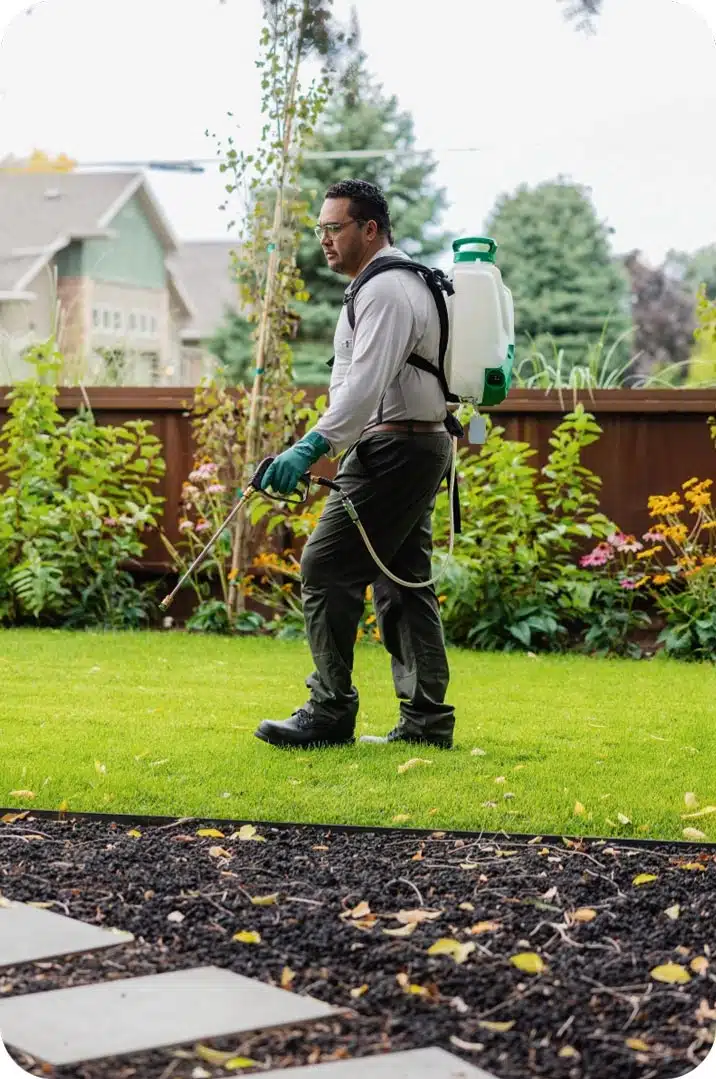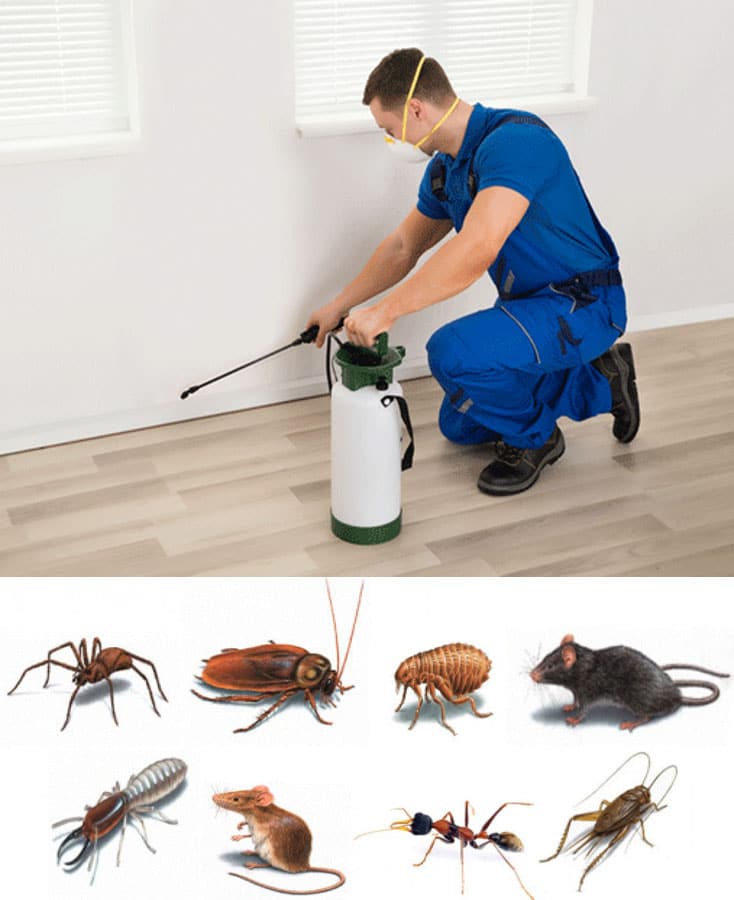Expert A1 Charlotte Bed Bug Exterminator - Top Quality Service Assured
Expert A1 Charlotte Bed Bug Exterminator - Top Quality Service Assured
Blog Article
Bed Insect Therapy Breakdown: Contrasting Chemical Vs. Non-Chemical Solutions
In the world of bug control, particularly when dealing with the relentless issue of bed bugs, the choice in between chemical and non-chemical treatment solutions can be a crucial one. Both approaches offer distinct benefits and drawbacks, influencing factors such as performance, safety factors to consider, and overall cost. By analyzing the nuanced information of each approach, a clearer understanding of which course to pursue in dealing with a bed bug infestation can be acquired.
Performance of Chemical Therapies
Chemical treatments for bed bug problems have been extensively acknowledged for their powerful and quick effectiveness in eliminating these parasites. When thinking about the performance of chemical treatments, it is crucial to understand that they can give a quick and extensive option to a bed pest problem.
Moreover, chemical therapies have the advantage of providing recurring results, implying that they can proceed to eliminate bed insects also after the preliminary application. This residual activity is especially advantageous in combating any type of possible re-infestations. Furthermore, the quick activity of chemical therapies can bring alleviation to people dealing with severe bed bug invasions, permitting them to restore control of their living areas promptly.
Safety And Security Worries With Chemical Solutions
One vital facet that needs careful factor to consider when making use of chemical services for bed insect treatment is ensuring the safety of residents and the environment. While chemical therapies can be reliable in eliminating bed insects, they may present risks otherwise dealt with appropriately. Among the main security worry about chemical options is the prospective injury they can create to human health and wellness. Exposure to specific chemicals used in bed insect therapies can cause respiratory issues, skin inflammation, or other unfavorable reactions, especially in people with pre-existing problems or sensitivities. Additionally, inappropriate application or dosage of chemical pesticides can cause harmful deposits remaining in the cured area, posturing long-term health and wellness threats to occupants.
Additionally, the ecological influence of chemical options is another considerable factor to consider. Some chemicals used in bed insect treatments might be damaging to helpful pests, wildlife, and ecosystems if they seep into the dirt or water systems. It is important to make use of chemical treatments deliberately, adhering to safety standards, and considering less hazardous options to mitigate these dangers and guarantee the safe and reliable management of bed bug infestations.
Benefits of Non-Chemical Approaches
Considering the possible security concerns and environmental influence linked with chemical solutions for bed insect therapy, exploring non-chemical methods provides a promising option with numerous unique advantages. Non-chemical therapies are ecologically pleasant, as they do not add to air or water pollution, making them a sustainable choice for bug control.
Additionally, non-chemical remedies can be efficient in targeting bed insects, consisting of hard-to-reach locations where chemical treatments may not penetrate. Methods such as warm therapy, vacuuming, steam cleaning, and cushion encasements provide complete eradication without using hazardous chemicals. Furthermore, non-chemical techniques can be much less disruptive, requiring marginal preparation and permitting quicker reentry right into treated locations. Overall, going with non-chemical useful link bed pest treatment approaches not only prioritizes safety and security and environmental management but additionally makes sure extensive and efficient parasite control.
Limitations of Non-Chemical Treatments

Furthermore, non-chemical therapies usually call for numerous applications to achieve successful elimination. This can be time-consuming and might not always assure full removal of all bed insects and their eggs, specifically in hard-to-reach or concealed locations.
In addition, the success of non-chemical therapies greatly counts on appropriate application and thoroughness, which can be challenging for people without specialist proficiency. Insufficient application of non-chemical methods may lead to incomplete obliteration, leading to consistent infestations and the need for extra therapies.
Consequently, while non-chemical therapies have their benefits, it is necessary to acknowledge these limitations and consider them when determining the most effective strategy for taking care of bed insect invasions.
Expense Contrast: Chemical Vs. Non-Chemical Options
Given the restrictions connected with non-chemical therapies, an essential facet to examine in the context of bed insect management is the expense comparison between chemical and non-chemical alternatives. Chemical treatments typically include the application of pesticides by specialists, which can vary from $250 to $900 per area, relying on the severity of the infestation and the dimension of the area to be treated. On the other hand, non-chemical therapies like warm treatment or vapor can be more pricey, with prices ranging from $1,000 to $6,000 for a whole home. While from this source the preliminary cost of chemical therapies might appear lower, numerous therapies might be called for to completely get rid of the invasion, possibly enhancing the general cost. On the various other hand, non-chemical alternatives may provide an extra sustainable and green solution, although they can be cost-prohibitive for some individuals. Eventually, when considering the expense of bed pest treatment choices, it is very important to consider the in advance expenses against the effectiveness and long-lasting sustainability of the chosen technique.
Conclusion

Thinking about the possible safety worries and ecological influence associated with chemical remedies for bed insect treatment, exploring non-chemical methods presents a promising choice with a number of distinct benefits.Given the constraints associated with non-chemical therapies, a vital facet to review in the context of bed bug administration is the cost comparison between chemical and non-chemical choices. In contrast, non-chemical therapies like warm treatment or heavy steam can be more costly, with expenses ranging from $1,000 to $6,000 for a whole home. While the first price of chemical therapies might appear reduced, numerous therapies might be needed to totally eradicate the problem, possibly enhancing the overall price.In verdict, when comparing chemical and non-chemical bed insect therapy alternatives, it is necessary to think about effectiveness, safety, advantages, constraints, and expense.
Report this page